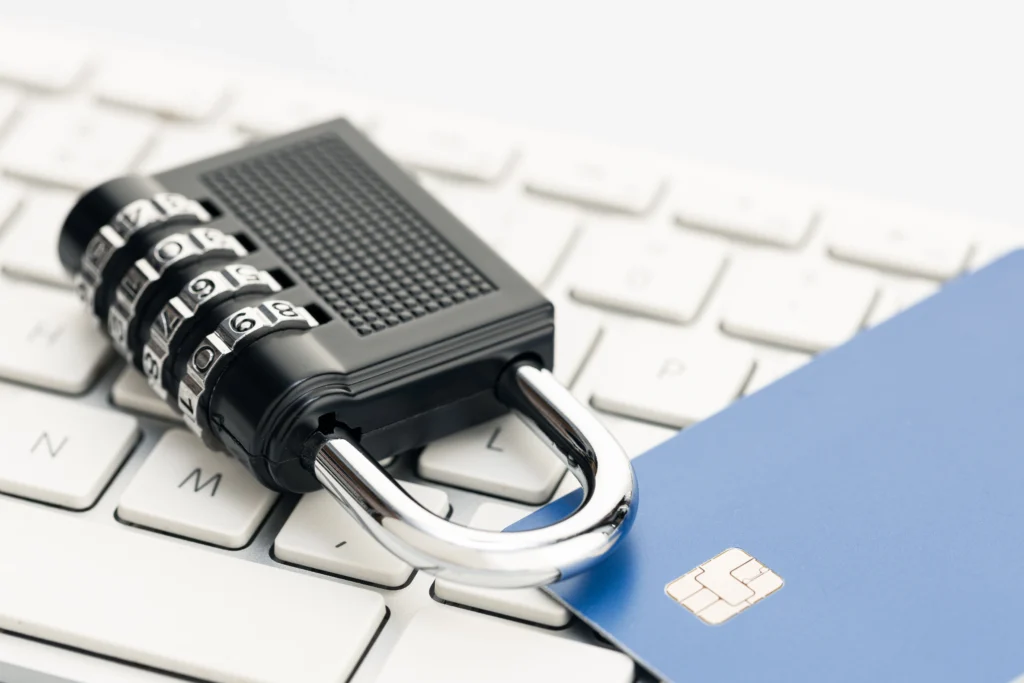Jane was out enjoying her weekend when she received a notification that someone had tried to open a credit card in her name. Panic set in. She had heard about identity theft but never thought it would happen to her. Fortunately, she had a credit lock in place, preventing the unauthorized use of her credit information. This single step saved her from a potential financial nightmare.
What is a Credit Lock?
A credit lock is a feature offered by the major credit bureaus that allows you to restrict access to your credit reports quickly and easily. Unlike a credit freeze, which can take a few days to lift, a credit lock can be turned on or off instantly via an online or mobile app. This tool is designed to provide an effective line of defense in your identity security strategy, making it impossible for anyone to open new accounts or take out loans in your name without your explicit authorization.
The Importance of Unauthorized Use Prevention
A credit lock is an essential tool for unauthorized use prevention. By restricting access to your credit file, you ensure that even if your personal information falls into the wrong hands, it cannot be used to obtain new credit. This significantly reduces the risk of potential identity theft and fraud. For more comprehensive insights on how credit locks can aid in preventing identity theft, review this detailed article #.
Related: Credit Lock Versus Credit Freeze: Which Option Is Best?
How to Implement a Credit Lock
Setting up a credit lock is straightforward. Most credit bureaus offer this service online or via their mobile apps. Here’s how you can implement it:
- Sign Up with Credit Bureaus: Enroll in credit lock services via the websites or mobile apps of major credit bureaus.
- Follow the Instructions: Each bureau will guide you through the necessary steps to lock your credit.
- Monitor and Maintain: Periodically check the status of your credit lock and manage it as needed through the provided platforms.
Implementing a credit lock is immensely beneficial for identity security. By taking this action, you ensure robust protection against unauthorized financial activities. Learn more about the advantages of maintaining a locked credit profile from this expert guide #.
How Theft Defenders Can Help Enhance Your Identity Security
At Theft Defenders, we understand the critical importance of identity security. Our Defender 365 plan offers a comprehensive suite of services designed to protect your personal information. In addition to monitoring your credit, our services also include real-time alerts and thorough identity scans across various platforms. If you are concerned about your identity’s security, our AI-powered system can provide you with a free scan to assess your current risk level and offer immediate protection measures.
Related: What do I do if I’ve been a victim of identity theft?
Expert Comments
FAQs
1. How is a credit lock different from a credit freeze?
Both a credit lock and a credit freeze prevent unauthorized access to your credit report. However, a credit lock can usually be toggled on and off instantly, offering more flexibility than a credit freeze, which can take longer to activate or deactivate.
2. Why should I use a credit lock for unauthorized use prevention?
A credit lock prevents anyone from opening new credit accounts in your name without your permission, significantly reducing the chances of identity theft and financial fraud.
3. Can Theft Defenders assist with managing a credit lock?
Yes, Theft Defenders offers comprehensive identity security services, including assistance with managing credit locks, real-time monitoring, and immediate alerts to keep your information secure.
At Theft Defenders, we are committed to providing the highest level of identity security to ensure your peace of mind. Take advantage of our Defender 365 Free Scan to see if your personal information is at risk and learn how we can help you protect it effectively.
Author Bio
John L.
John advises corporations on implementing effective identity security solutions. With a keen eye for detail, he identifies security gaps, recommends cutting-edge technologies, and trains staff to maintain high standards of identity security.

